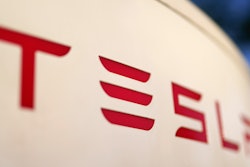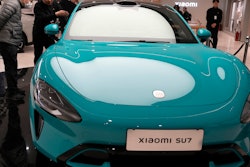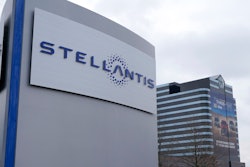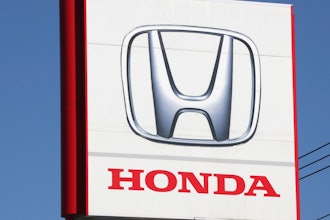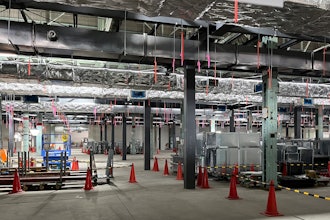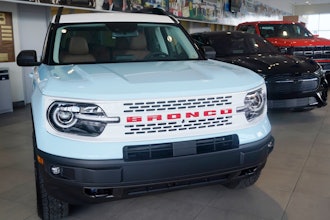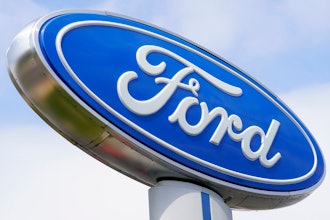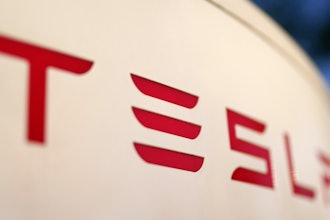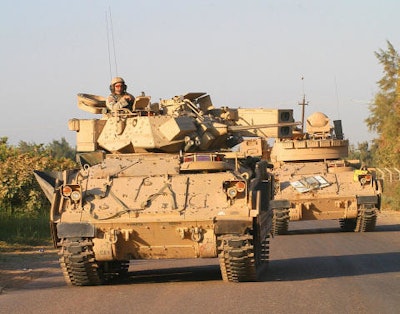
Alcoa, a global leader in lightweight, high-performance metals, has produced the world’s largest single-piece forged aluminum hull for combat vehicles to improve troop protection as part of a joint Alcoa-US Army initiative launched last year. Announced in Washington, DC at the Association of the US Army Annual Meeting—the largest landpower expo in North America—Alcoa manufactured the single-piece part, which was co-designed by Alcoa and the US Army Research Laboratory, with the goal of replacing today’s assembled hulls.
Based on early modeling and simulation, single-piece underbody structures could provide two times better protection against blasts—such as those caused by Improvised Explosive Devices (IEDs)—than traditional hulls, primarily by eliminating welded seams. In addition to survivability benefits, single-piece hulls can be optimized to reduce vehicle weight and assembly time, and, therefore, overall cost.
“Alcoa is proud to lead the way in developing what could be a game-changer for how combat vehicles are made to better protect our soldiers,” said Eric Roegner, President of Alcoa Defense. “Using our materials expertise and ability to forge the world’s largest aluminum structures, we moved this idea from concept to reality in record time, and are already looking into forging other parts of combat vehicles.”
The Army is now blast testing the hull to demonstrate its durability. After successful testing, this initiative would open up numerous opportunities for the military to apply single-piece structures to large combat vehicles and other applications.
The hull is part of the Army’s Affordable Protection from Objective Threats Manufacturing Technology (ManTech) program, created to improve the military’s defense against modern-day threats such as IEDs, using affordable, advanced manufacturing technologies.
“A monolithic hull could be used to produce new, or retrofit existing, combat, and tactical vehicles,” said Rob Carter, Chief of Materials Manufacturing Technology Branch at the Army Research Laboratory. “This demonstrates new manufacturing approaches to open the design space for higher performance hulls and underbody kits. This could make a huge, positive impact on improving soldier protection with affordable manufacturing technologies.”
Since launching the cooperative effort last year, Alcoa Defense and the Army’s Research, Development and Engineering Command’s (RDECOM) Army Research Laboratory have coordinated research and development efforts to refine the hull design and develop the alloy requirements.
Alcoa produced two demonstrator forgings at its plant in Cleveland using its 50,000-ton forging press, the world’s most advanced hydraulic press. Alcoa’s engineers in Cleveland leveraged their expertise and decades of commercial forging experience to produce the hull earlier than the expected deliverable of 18 months.
Alcoa’s single-piece aluminum hull would improve combat vehicle performance, providing approximately two times better blast protection than traditional hulls, through:
- Stronger solid structure: A single-piece hull would eliminate welded seams used in today’s manufacturing processes, covering the entire lower section of any combat vehicle.
- Efficient design: Forging hulls as one unit facilitates three-dimensional shaping, allowing Alcoa to tailor the thickness where needed to maximize protection and allow for weight savings.
- Cost savings: The structure is expected to reduce costs over the life of the vehicle by increasing fuel efficiency through lightweighting and eliminating assembly time and complexity.





